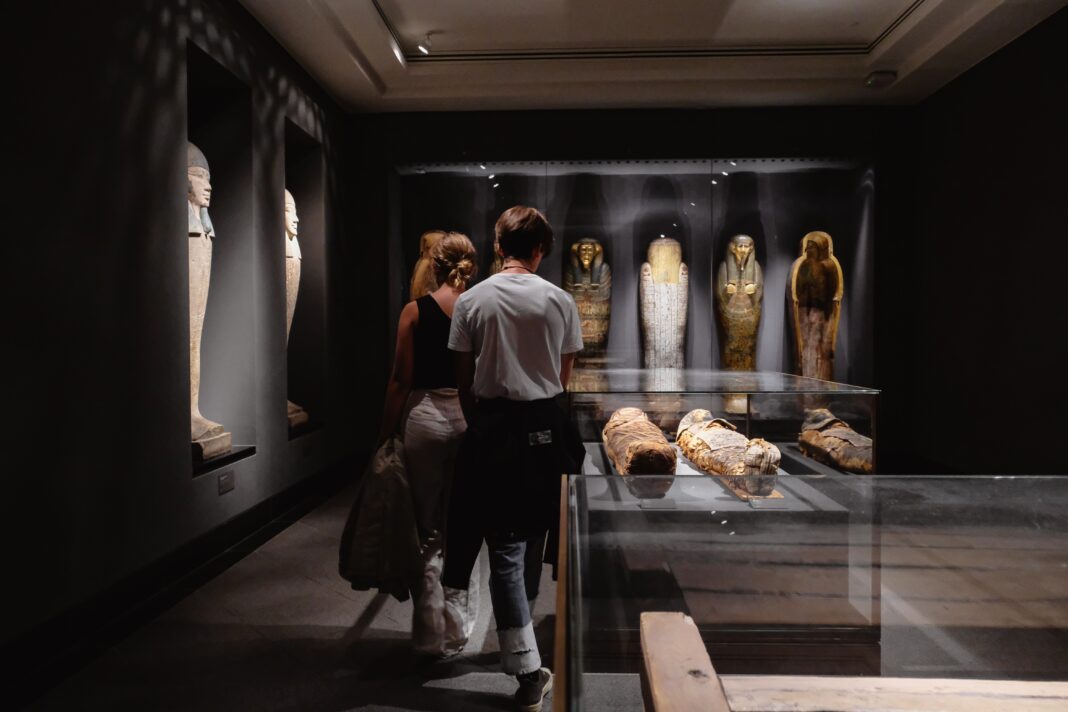Scientists have performed a CT scan of the mummy of Jed-Hor from Heidelberg, Germany, which represents an elderly man who lived in Egypt, apparently in the 4th-1st century BC. Examination of his skull showed that he had suffered from acute mastoiditis, which probably caused fatal complications such as meningitis or brain abscess. It appears that some type of therapeutic compress was applied to the man’s temple bone, which was not removed during mummification. This is reported in an article published in the European Annals of Otorhinolaryngology, Head and Neck Diseases. Large-scale excavations in Egypt continued for more than a century. During this time, thousands of well-preserved ancient bodies have come to the disposal of researchers, many of which are still poorly studied. In recent years, the modern methods of paleoradiology have come to the aid of scientists, which made it possible to achieve significant progress in the study of bioarchaeological materials.
Unlike traditional pathological examinations, modern imaging techniques (such as computed tomography and 3D reconstruction) allow mummified bodies to be examined as sparingly as possible. For example, traces of heavy metal poisoning can be detected, the causes of death of certain people can be determined, and museum exhibits can be checked for authenticity. Roman Sokiranski of the Varna Medical University, together with his colleagues from Germany and the USA, conducted research on the mummy of Jed-Hor, kept in the German city of Heidelberg. It is believed to have originated in the Egyptian city of Ahmim and dates back to the Ptolemaic dynasty (4th – 1st century BC) – scientists plan to establish a more precise age using radiocarbon analysis. Researchers have determined that the mummy belonged to an elderly man who lived around 50 years. After death, the causes of which remain unclear to researchers, his internal organs and brain were removed, the body embalmed, then wrapped in resin-soaked linen bandages and covered with a thin layer of natural bitumen.
With the help of computed tomography, the researchers decided to find out what health problems this man had. The scientists found that the tympanic cavity, the external auditory canal and some other places were filled with a gray substance that looked like dried pus. Additionally, on the outside of this man’s right temporal bone lies a compress measuring approximately 7×10×0.7 centimeters, which is significantly different in density from the surrounding linen bandages covering the mummy. According to the researchers, the mummified Jed-Hor apparently suffered from acute mastoiditis. Scientists suggest that this inflammatory disease led to the development of severe intracranial complications (for example, meningitis or brain abscess), from which the man eventually died. At the same time, the discovered compress, according to the authors of the work, may have been a means of treatment – perhaps it was soaked in some kind of healing agent (from oil or honey to cat or crocodile excrement). In this case, however, it remains unclear why this compress was not removed during mummification.
Illustrative Photo by Shvets Anna:









